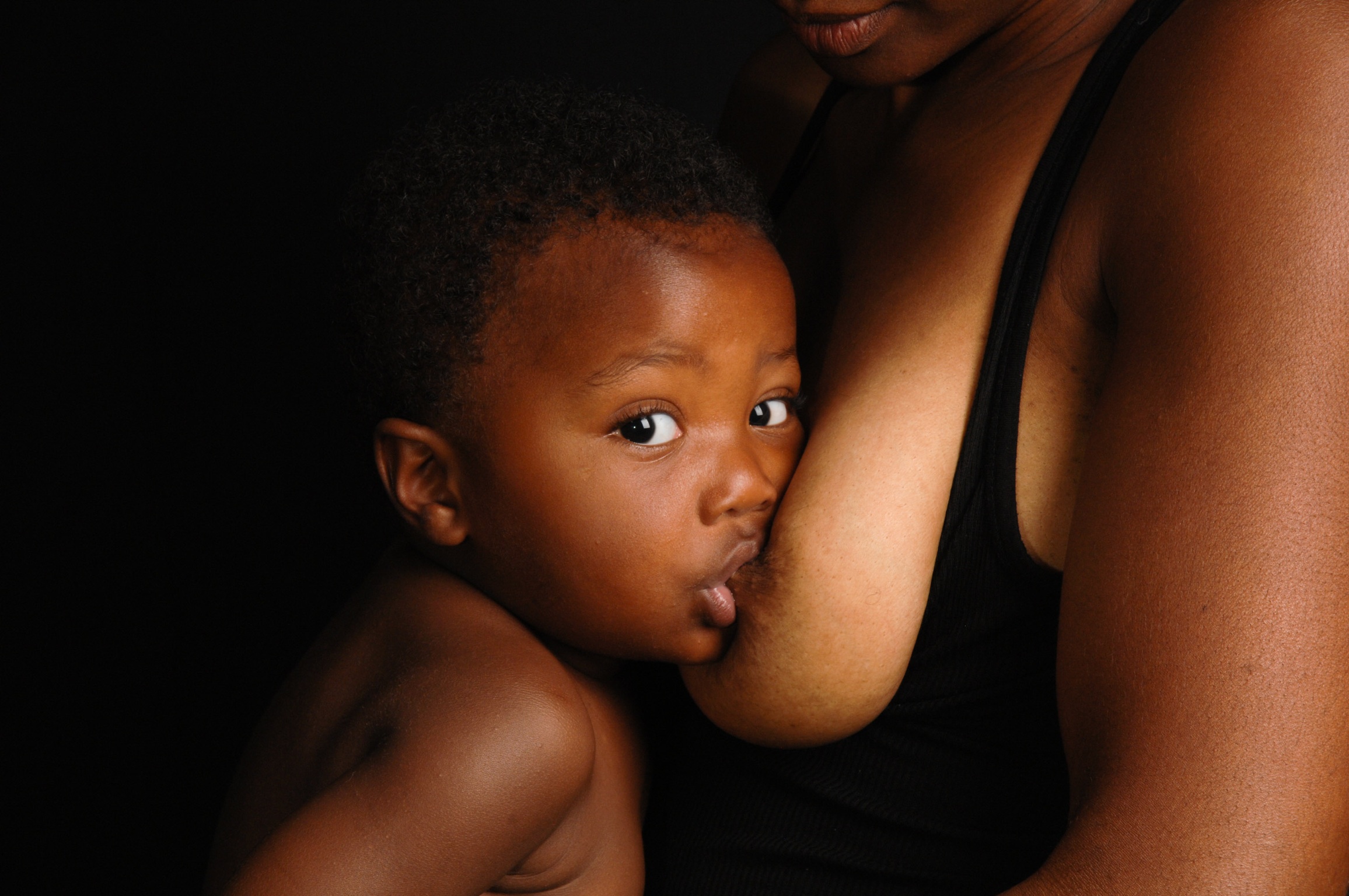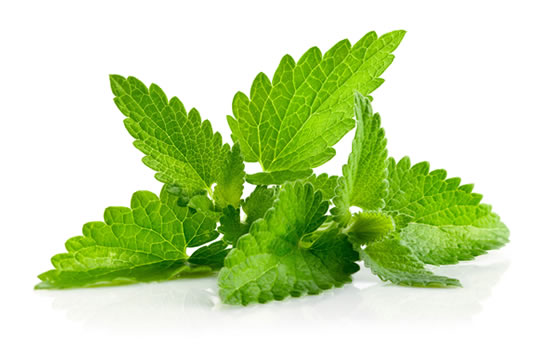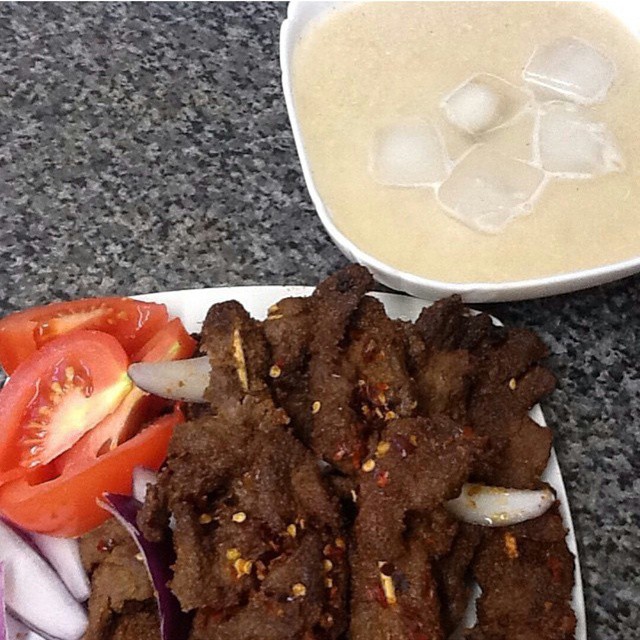Most people see breastfeeding as a natural process and feel it should be the easiest task of a mother. The truth is, breastfeeding problems could make this practice quite tasking and tiring especially for first time moms.
Gathering experiences from nursing mothers, breastfeeding doesn’t seem to be as easy as it sounds. This act also requires practice and could be quite tiring.
The fact that many breastfeeding moms don’t find this easy made me prepare a list of common breastfeeding problems, plus their solutions for these problems.
Common Breastfeeding Problems And Their Solutions:
My Baby Won’t Latch:

This could be the commonest breastfeeding problems. Going skin to skin is the perfect solution to provide a good latch. This is a magical cure for a non-latching baby. However, this helps with other breastfeeding problems too.
Get naked from the waist up, strip baby down to just a diaper, and get yourself comfortable in a semi-reclining position with baby on your chest. When your baby is ready, he’ll scoot down to the breast and latch on.
My baby falls asleep at the breast after a few minutes:

The best wake-up-and-eat signal for your baby is a mouthful of milk, and you can encourage your milk to flow by doing breast compressions. Just squeeze your breast (gently, not so that you get bruises) between your thumb and fingers, and your baby will respond by sucking and swallowing. Let go when the sucking stops, then squeeze again. Stroking the baby under his chin can also sometimes encourage sucking in a sleepy baby.
Experiencing sensitivity during latching:
As a new mom, you may experience some sensitivity or tenderness, but not outright pain when breastfeeding. Pain as the baby latches on usually means the baby is not getting a big enough mouthful of breastmilk at the start. You want the baby’s mouth to be open wide as she latches on, with her chin pressed into your breast and her head tipped back so that her nose is away from the breast. Ensure you don’t have your hand behind her head, as this can prevent a good latch. If making these adjustments doesn’t help, consult a lactation expert.
Thrush:

Thrush is an infection with a yeast organism known as Candida albicans. Certain signs indicate this breastfeeding problem; your nipples become pink and begin to hurt between feedings and you feel shooting pains in your breasts.
This situation indicates that it’s time to check with your doctor, midwife or lactation consultant. The baby may also have this infection in his mouth or on his bum, so usually, you both need treatment. A non-prescription remedy that is often helpful is gentian violet, which is swabbed on the mother’s nipples right before feeding the baby (so that the baby gets some too) once or twice a day for three or four days. Have in mind that gentian violet will turn any clothes or fabric it touches permanently purple. Don’t be alarmed — baby’s lips and mouth will turn purple too.
I have a constantly nursing kid:

A constantly nursing kid may just be a perfectly normal baby. Babies have small stomachs and they really do need filling up frequently. The only reason this may seem to be a problem is that some mothers have less storage capacity in their breasts, so while they produce plenty of milk over 24 hours, the baby needs to eat frequently to get enough. If the baby is otherwise gaining well, having at least two or three poopy diapers each day and your nipples are not sore, frequent feedings may just be the norm for your baby.
Swollen or engorged nipples:

This normally happens when milk production ramps up about three days after a baby is born. Soreness and swelling can be worse than normal if you had intravenous fluids during labor —you’ll have edema (swelling caused by fluid in your body) in your breast tissue as well as the extra milk. Cleaned cabbage leaves tucked into your bra between feedings can help reduce the swelling and you can use your fingers to press on the fluid-filled tissue around your nipple, then latch the baby on right away. Frequent breastfeeding or hand-expression will help to relieve the discomfort.
I am Experiencing Painful/Overactive Let Downs:
Your breast is like a machine — when you let down, all the milk-producing engines constrict to move the milk forward and out of your nipple. Sometimes the working of these inner parts can hurt, especially when in overdrive. Some mothers feel a prickly pins-and-needles sensation and others just get an achy feeling.
Solution: If this feeling of pins and needles goes beyond a mere tingling and feels more like a hundred little daggers poking your breasts, you need to check for a breast infection (yeast or bacteria). Sometimes this pain develops when you have an excessive amount of milk. Try feeding baby longer on one particular breast and switching to the other only if you need to. If the result is an infection (fever, aches, and chills may be present), you’ll need to get antibiotics from your doctor. No matter how unpleasant it is for you, it’s still safe for baby to nurse.










At the beginning, I was still puzzled. Since I read your article, I have been very impressed. It has provided a lot of innovative ideas for my thesis related to gate.io. Thank u. But I still have some doubts, can you help me? Thanks.
I appreciate you sharing this blog. Want more.
I don’t think the title of your article matches the content lol. Just kidding, mainly because I had some doubts after reading the article.
Thanks for finally writing about > 7 Common Breastfeeding Problems And
Their Solutions – Healthfacts < Liked it!
Perfect piece of work you have done, this website is really cool with superb information